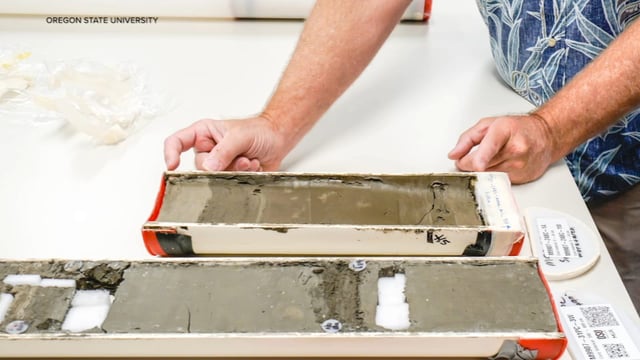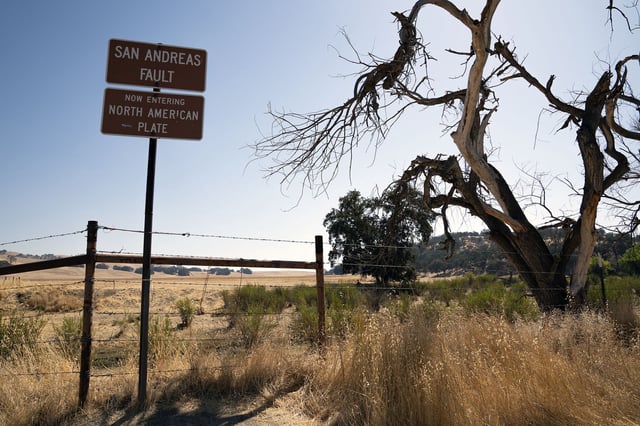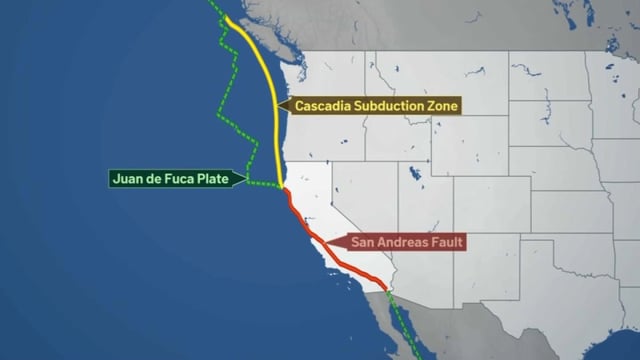Overview
- Published in Geosphere, the Oregon State University–led study compares 3,100 years of turbidite records and finds recurring patterns that indicate Cascadia events often closely precede northern San Andreas ruptures.
- Evidence points to the 1700 magnitude-9 Cascadia earthquake being followed within hours to days by a large northern San Andreas event, which a coauthor says could have approached the 1906 quake’s size.
- Researchers identify inverted, stacked turbidite layers near Noyo Canyon as earthquake “doublets,” interpreted as finer deposits from a distant Cascadia shock overlain quickly by coarser sand from a nearby San Andreas quake.
- The analysis suggests most major northern San Andreas earthquakes over the past roughly 2,500–3,000 years were preceded by large Cascadia events, with 1906 as a notable exception and no evidence for the reverse triggering.
- The authors emphasize the linkage is a tested hypothesis rather than proven fact, while warning that paired quakes minutes to hours apart could strain national response across San Francisco, Portland, Seattle and Vancouver.


